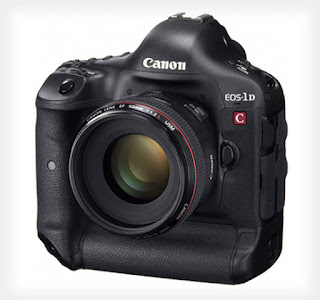Today is a holiday that many people don't even know exists: International Astronomy Day.
With humble origins in as an attempt at public outreach by the Astronomical Association of Southern California, the effort to bring astronomy to the masses, often city dwellers, quickly grew in popularity to the point where the holiday eventually went national, and then international. Now, nearly 40 years after the first Astronomy Day (1973) the holiday continues to grow and become more relevant?
Why the part about being relevant? Simple: dark skies are going away fast.
When the first Astronomy Day was launched in 1973, the whole idea was to set up telescopes in public places where astronomers could show members of the general public the wonders of the universe. Naturally, to guarantee that the public would show up, the telescopes had to be set up in urban/suburban locations, areas that are not all that good for astronomy. Obviously, by looking at the success of the holiday, people are seeing things in the telescopes.
Lesson of the day: you can do astronomy from just about anywhere.
Lesson of the day: you can do astronomy from just about anywhere.
For starters, the Moon is always visible as it is the second brightest thing in the sky after the Sun. Believe it or not, there are astronomers who spend the majority of their telescope time studying the Moon. Second, planets. All of the planets are generally of 0 magnitude or brighter, thus visible from all but the most light polluted areas. Being bright targets, the planets are also good targets for examination by city-dwellers. For suburbanites, binary (double, triple, etc.) stars are also a lot of fun to lok at because they, too, can be observed in all but the worst of lighting conditions.
So yes, the dark skies are going away more every year but, if you know what to look for and are content with the fact that you can't see deep sky nebulae, galaxies, and clusters from your backyard, there is plenty of fun to be had with a telescope in a city.
Humble Requests:
If you found this informative (or at least entertaining), help me pay my bills and check out my Examiner pages for space news, cleveland photography, national photography, and astronomy for more great stuff.
If you think this was cool, why not tell a friend?
For something even better, follow this blog.



























